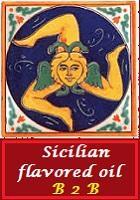
|
||||||||||||||||||||||||||||||||||||||||||||||||
|
|
Agrigento Province
The province of Agrigento, stretches out among ancient ruins and Baroque architecture, sparkling beaches, marvellous islands, crystal-clear waters and flourishing ocean beds.
The sea washes up onto one of the world’s most beautiful and transparent coasts. In the distance, the turquoise water seems to melt with the blue skies, where your gaze meets the horizon you are dazzled by a thousand hues of blues.
In the hinterland, a great expanse of plains cultivated with vineyards, various grains and wheat, fruit orchards and orange groves. An array of greenery striking for the candor of its almond trees in bloom, inebriating the air with their perfume. Agrigento’s millenary history, like that of Sicily as a whole, has left precious memories that can be admired when visiting the ancient centres of both the province-capital and the towns scattered over the territory.
In the Valley of the Temples the fascination of ancient history blends with the beauty of nature. The sea on one side, the old city-hill on the other, the majestic Doric style temples rise in the middle, the golden colour of the tuff they are built becoming particularly intense at sunset and creating a unique and extraordinarily attractive effect. The Temple of Concordia is the best conserved among all because it was transformed into a church.
As you leave the valley and head towards the city, you will come across the remains of the Hellenistic-Roman site with its houses decorated with beautiful mosaics. The ancient shops, wells, cisterns and the sewer system give a complete picture of the ancient city.
Through the Ponte gate, you enter into the ancient quarter of Agrigento which still conveys the fascination of a medieval village, with its narrow roads and steep winding alleys that all converge towards the main road. As you stroll through the ancient city, you come across the Cathedral with its grand stairway leading to the beautiful churchyard next to the square bell tower, the construction of which had never been completed.
The archeological itinerary continues at Eraclea Minoa which hosts the remains of the ancient Greek city located on a gentle slope that falls away towards the blue sea. The long white beach stretches out from Capo Bianco till the edges of a magnificent pinewood. Certainly not to be missed, both for its beautiful landscape and for its historical features, is the Roman Villa of Durrueli in the commune of Realmonte, where parts of the mosaic flooring are still visible.
Gela’s Regional Archeological Museum exhibits a vast collection of ceramics, bronze and numismatic finds from Prehistoric to Middle Ages. In the Acropolis the remains of two temples dedicated to Athena can still be seen. The remains of Greek fortifications, very well conserved, were found in the Cape Soprano excavations. Nestled on a high plain the town of Sciacca is divided into quarters situated on three sloping terraces. The most ancient quarter with its alleys and courtyards can be found in the higher part of the city, from there one enters into the more elegant part of the city with elegant buildings and churches that lead to the potters’ quarter which surrounds the city’s wharf. Next to the city, on Mount Kronio, one finds the thermal baths and can enjoy a panoramic view over the sea. Do not miss the “Enchanted Castle”, an original exhibition of faces sculpted into rocks and into the bark of trees by Filippo Bentivegna.
Higher up one finds the medieval Castle, the Old Cathedral and Piazza Garibaldi, all surrounded by refined 19th century buildings. In the lower part of the city on Via Dante, one can admire the architecture of the Church of San Salvatore, the Chiesa Madre and Palazzo Destro. If you are a sports enthusiast, the sea is your gym, always at your disposal for. snorkelling, sailing, surfing, windsurfing and canoeing.
The culinary art of Agrigento is rich in colours and flavours and is an irresistible invitation for your eyes and taste buds. The sea and land are two elements recurring in local food and beverages. Salted anchovies, olives, oil preserved vegetables, dried tomatoes or the typical "pitaggio" based on fresh broad beans, peas and artichokes, are fanciful appetizers to be tasted before the main courses. Pasta dishes are a triumph of first courses, considered an all-in-one dish like the renowned pasta with sardines.
The sea provides the main ingredients for second fish-based courses. The sole, stuffed sardine and the exquisite dentex in meat broth are really special.
|

|
||||||||||||||||||||||||||||||||||||||||||||||
|
||||||||||||||||||||||||||||||||||||||||||||||||
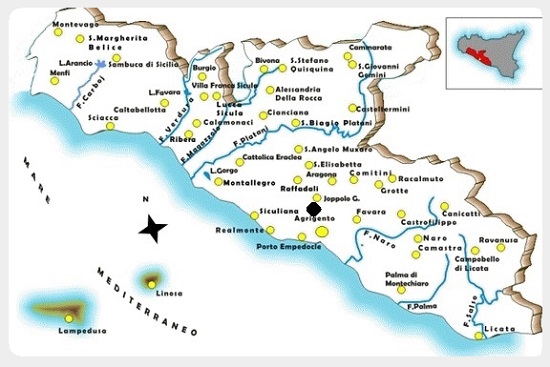
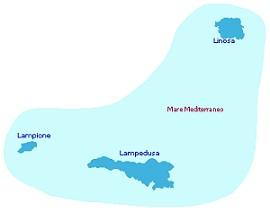 Long sandy beaches alternate with deep bays, adorned by the typical Mediterranean marquis characterizing most of Sicily. Essences and aromas combine with the smell of the sea, which float inshore on the light marine breeze.
Long sandy beaches alternate with deep bays, adorned by the typical Mediterranean marquis characterizing most of Sicily. Essences and aromas combine with the smell of the sea, which float inshore on the light marine breeze.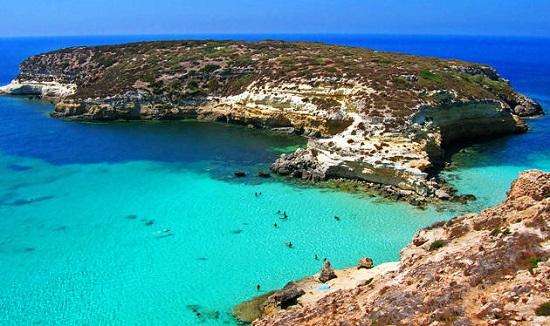
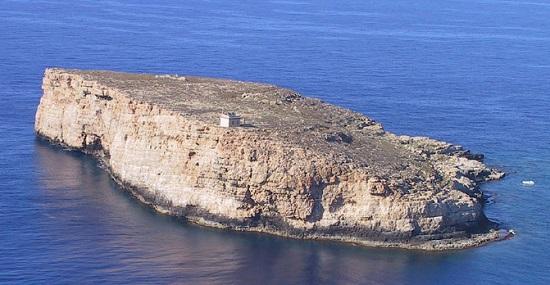
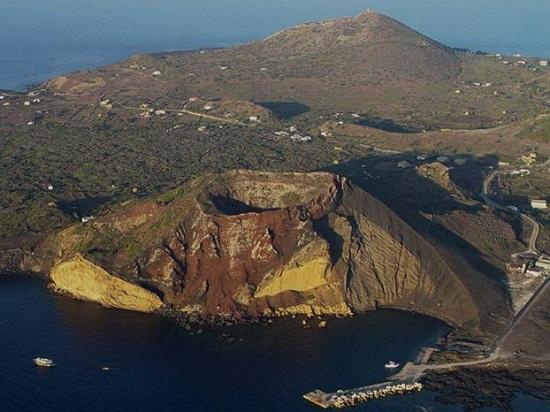
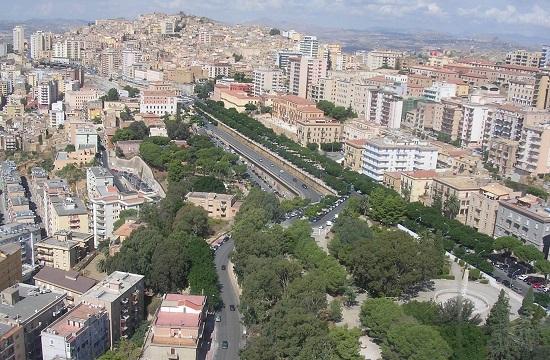
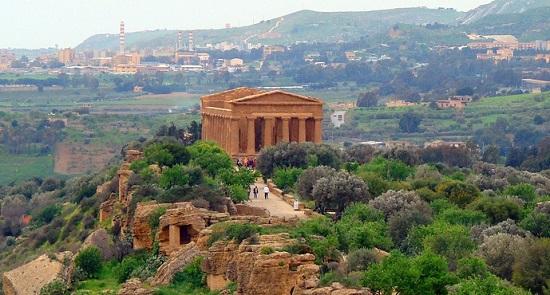
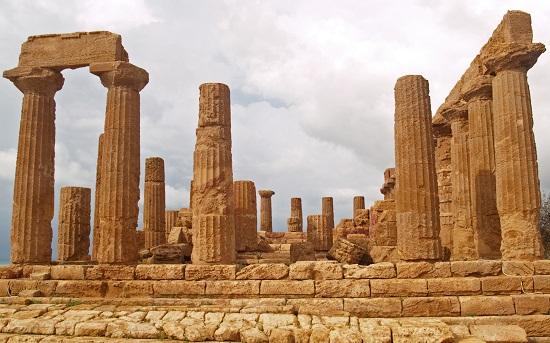
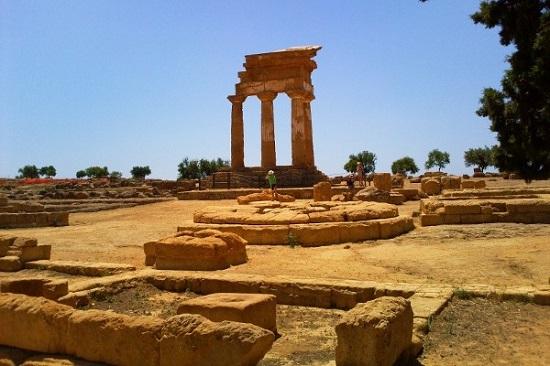
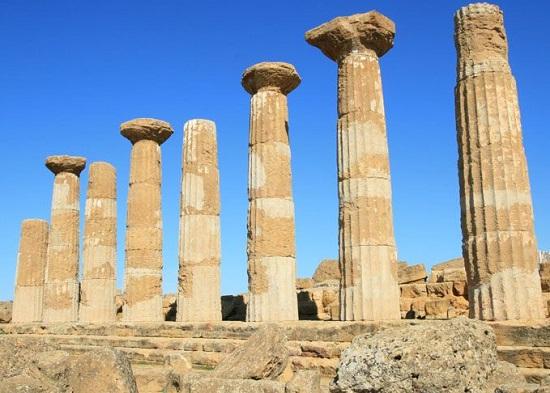
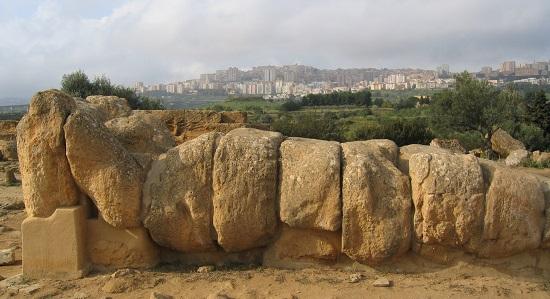
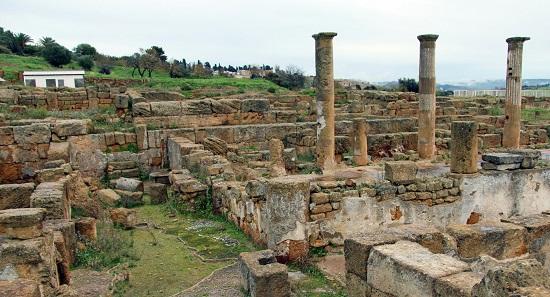
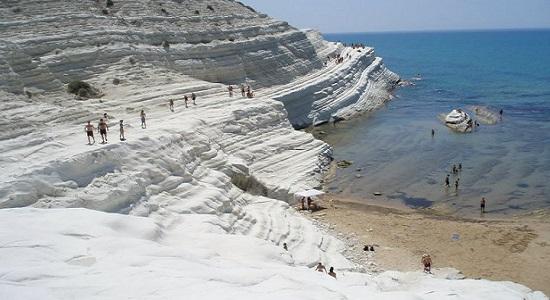
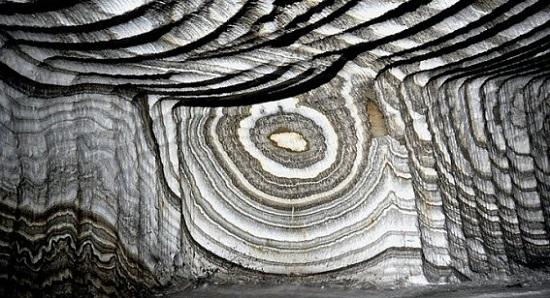
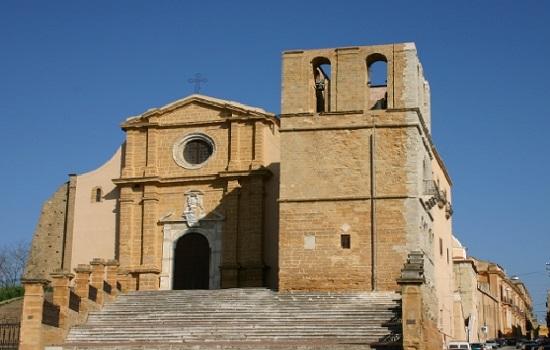
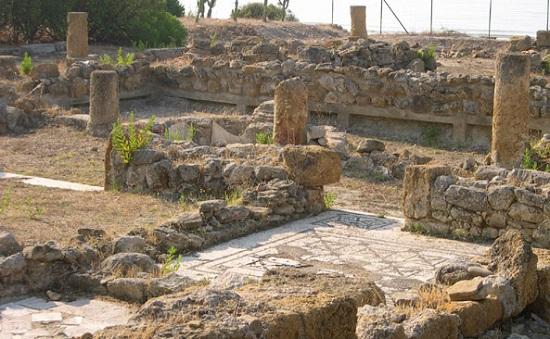
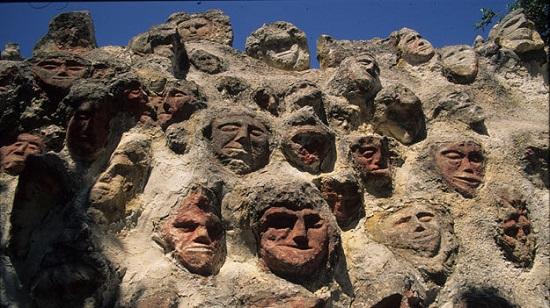

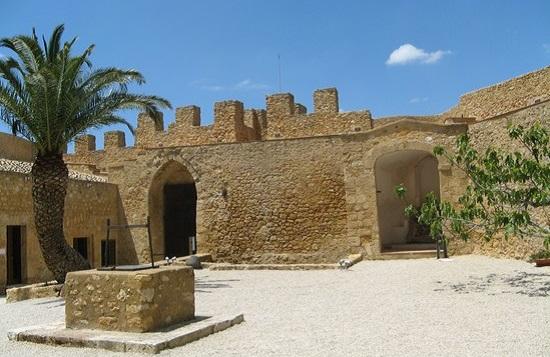
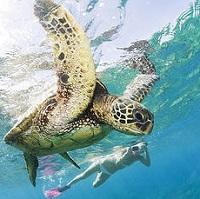 Lampedusa’s Spiaggia dei Conigli (Rabbit Beach) has become an important Natural Reserve in terms of marine fauna reproduction. Marine turtles lay their eggs under the constant surveillance of the WWF volunteers who protect the little turtles until they safely reach the sea.
Lampedusa’s Spiaggia dei Conigli (Rabbit Beach) has become an important Natural Reserve in terms of marine fauna reproduction. Marine turtles lay their eggs under the constant surveillance of the WWF volunteers who protect the little turtles until they safely reach the sea.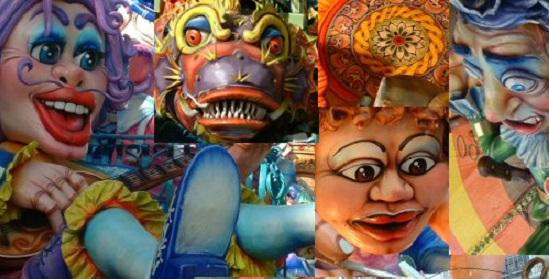
 Also excellent are the “cavatelli” with tomatoes, aubergines or the ricotta cottage cheese with broad beans.
Also excellent are the “cavatelli” with tomatoes, aubergines or the ricotta cottage cheese with broad beans.

